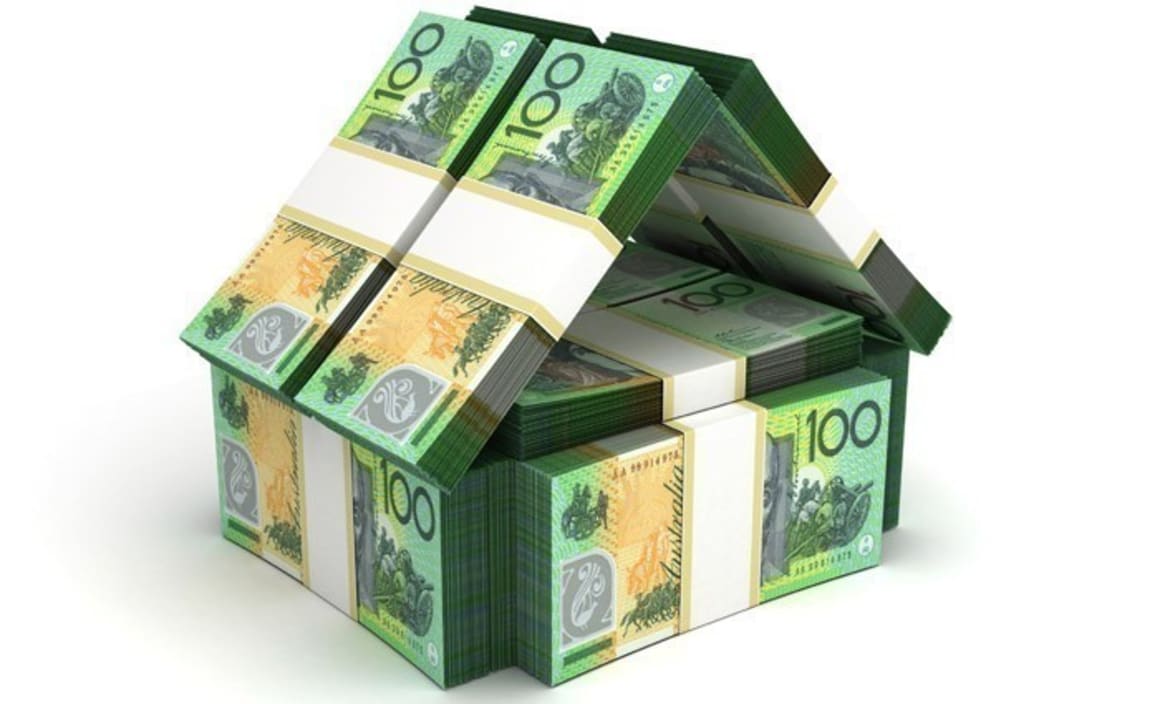Significant improvement in housing affordability: Terry Ryder

If you rely on mainstream media for your news, you probably won’t be aware of this: there has been a significant improvement in housing affordability in Australia recently.
In fact, my reading of the HIA’s Affordability Report for the March Quarter is that the Housing Affordability Index for Australia is now the best it’s been in five years. In some parts of the nation, the situation is the best it’s been in 13 years.
Affordability nationally improved 2.7 percent in the March Quarter, compared to the December Quarter, despite slightly higher interest rates.
Affordability is significantly better than it was five years ago, because interest rates are much lower (notwithstanding the recent out-of-cycle increases), average earnings have been gradually rising and price growth (meaning changes in the national median dwelling price) has been relatively muted, despite three years of big growth in Sydney.
Very little was said about this in Australia’s major newspapers. They’re simply not interested in facts that conflict with their cherished storylines about an affordability crisis, young Australians being priced out of the market by foreign investors and negatively-geared Australian investors, and the Great Australian Dream being dead.
A long-standing joke in journalistic circles is that you never let the facts get in the way of a good story. A good story is, by definition, a negative one. If it bleeds, it leads. If something comes along that doesn’t fit the formula (for example, portrays a positive scenario or contradicts beloved beliefs), bury it.
So we have a situation where the national affordability index portrays a strong position but few people realise it. The national median dwelling price has decreased and average earnings have risen. The situation would be better were it not for major banks lifting their mortgage rates.
That’s the average national situation. As the HIA report points out, “the differences in affordability across and within states are still considerable”.
In aggregate, affordability improved 4.1 percent in the eight capital cities in the March Quarter, with a lesser improvement in the regional areas.
Sydney’s quarterly improvement was considerably larger than the national average. It recorded an 8.9 percent increase in affordability, while Perth was 4.9 percent better and Darwin 4.4 percent.
Sydney’s affordability is now at its most favourable since the March 2015 Quarter. Price growth has stopped and incomes have risen. But it still has some way to go before it gets in line with the national average situation of being the best in over five years. Regional NSW, on the other hand, needs only a marginal improvement to achieve that.
Melbourne’s affordability index has improved with a slight reduction in the median dwelling price and increases in earnings, but remains 4.4 percent less favourable than a year ago.
Brisbane’s affordability position, on the other hand, has deteriorated because the median dwelling price is up and average earnings are down (slightly).
But in Perth the affordability index improved 4.9 percent in the quarter and 9.9 percent for the year, because prices have been falling and incomes, surprisingly perhaps, have risen. Perth’s affordability position, and that of Western Australia generally, is the best it’s been for a long time. “Statewide affordability in WA is at its most favourable since the final quarter of 2003,” the HIA report says.
The position has improved also in Hobart and Tasmania. There the economy has been making notable strides and income growth is well above the national average. The HIA notes: “For Tasmania as a whole, affordability has reached its most favourable level since late 2003.”
In the Northern Territory, the housing affordability index is 11.3 percent better than a year ago. And it’s better than it’s been any time in at least the past five years. Darwin’s index has improved 13.9 percent compared to a year ago. The Darwin market peaked more than three years ago and prices have been trending downwards since then, but average earnings have been rising.
Terry Ryder is the founder of hotspotting.com.au. You can email him or follow him on Twitter.